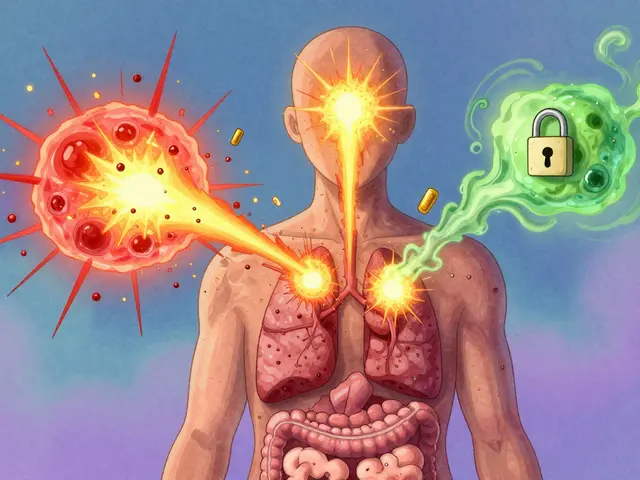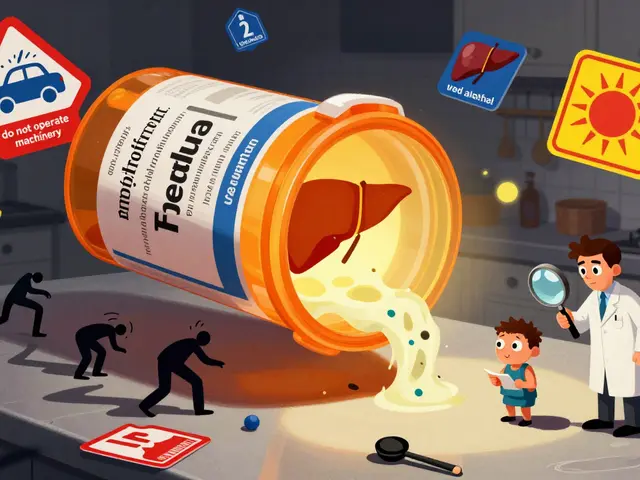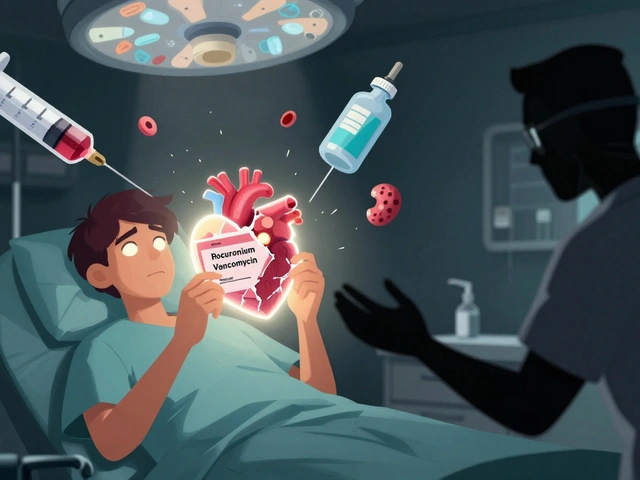Minoxidil: Practical Guide for Hair Loss
Minoxidil is a medicine many people use to treat hair thinning. You probably know the foam or liquid sold over the counter, but there's more to using it well than just applying a bottle. This guide explains how minoxidil works, how to use it safely, what results to expect, and when to see a doctor.
Minoxidil works by widening tiny blood vessels near hair follicles and by extending the growth phase of hair. That helps existing hairs thicken and makes some dormant follicles wake up. It doesn't cure baldness and doesn't stop genetic hair loss forever, but it can slow shedding and give noticeable regrowth for many users.
How to use minoxidil correctly matters. Apply topical minoxidil to a dry scalp twice daily unless the product says otherwise. For men, common strengths are 5% foam or solution; women usually start with 2% or 5% foam used once daily. Use the amount shown on the package, don't increase the dose to speed results. Wash your hands after applying and let the product dry before using styling products or going to bed.
There's also low-dose oral minoxidil, prescribed off-label in small doses for hair loss when topical treatment fails or causes irritation. Oral minoxidil can be effective but carries higher risks like changes in blood pressure, fluid retention, and faster heart rate. Your doctor should check your health and monitor you if you take the oral form.
Common side effects of topical minoxidil are scalp irritation, itching, dryness, and unwanted facial hair if the product drips or spreads. Rarely, people can experience dizziness or heart-related symptoms; stop use and see a doctor if you feel faint, have chest pain, or a racing heart. For oral minoxidil, side effects are more systemic and require medical supervision.
How long until you see results? Expect to wait at least three to six months to notice less shedding and up to a year for visible regrowth. Hair shedding can increase briefly after you start - this is often a sign the treatment is working as weak hairs fall to make way for stronger ones. If there's no improvement after 12 months, talk to your clinician about alternatives.
A few practical tips: apply minoxidil to the scalp only, avoid using it on irritated skin, and store it away from heat and sunlight. Combine minoxidil with other treatments like finasteride or PRP only under medical advice. Pregnant or breastfeeding people should not use minoxidil.
If you have heart disease, low blood pressure, or take drugs that affect blood pressure, get medical clearance before using oral minoxidil. For persistent scalp irritation or confusing results, book a visit with a dermatologist. They can offer tests, different strengths, or alternative therapies tailored to your situation.
Tracking progress with photos every month helps you see small changes. Keep a simple log of product, dose, and side effects so you can tell your doctor what happened. Small consistent steps beat big one-time changes when it comes to hair regrowth. Ask questions until you feel confident.
Minoxidil Topical and Dandruff: What You Need to Know
Minoxidil topical is a popular hair loss treatment, but did you know it might contribute to dandruff? This article explores the connection between minoxidil and dandruff, offering practical tips to manage flakiness while using the product. We'll dive into why dandruff happens, how to prevent it, and the role of proper scalp care. Whether you're a longtime user of minoxidil or just starting, understanding these dynamics can help keep both your hair and scalp healthy.






